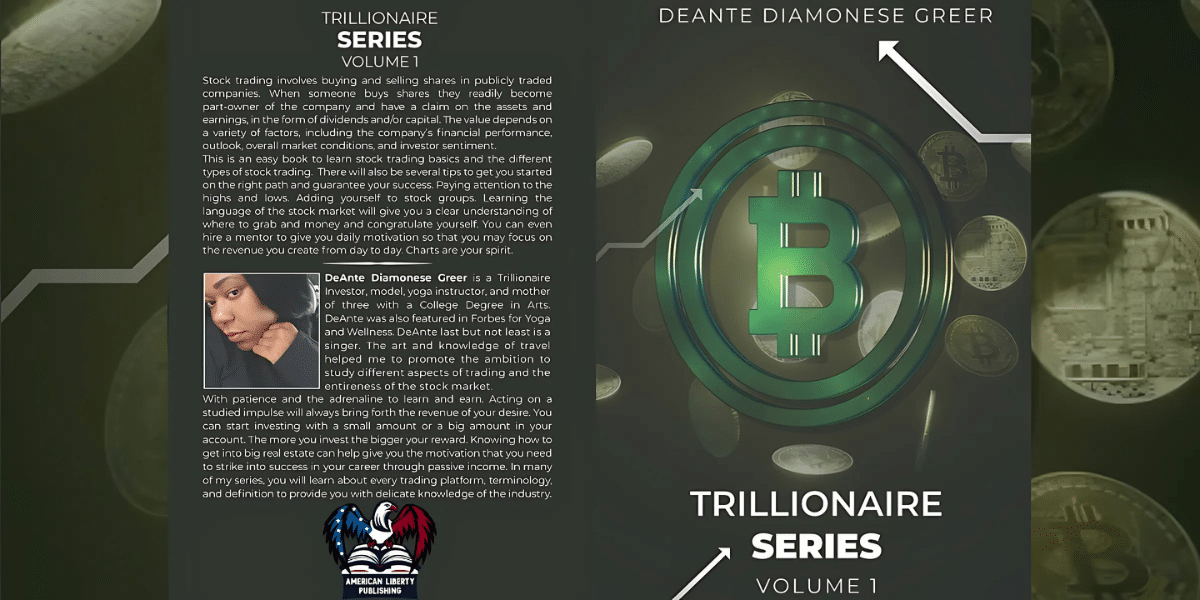So, what exactly is chord substitution?
At its core, it means replacing a standard chord in a progression with something a little more unexpected. This can add new color, tension, and even change the whole mood of a section. It’s a technique used by songwriters across all genres, from jazz to pop to film scores.
Think of your song as a journey, and chord substitutions are like taking unexpected detours along the way. These detours can add a surprising twist to your musical adventure, keeping your listeners engaged and wanting more. Maybe that predictable highway of a I-IV-V feels a bit too comfortable? Swapping in a chord from outside the expected route can take listeners through a winding forest full of intriguing soundscapes they weren’t expecting.
It’s also a way to play with the emotional undercurrents of your song. Imagine building a sense of unease or yearning by throwing in a dissonant chord that doesn’t quite fit – it’s like a splash of chilly water on a sunny day. This tension makes the eventual resolution, when you return to those familiar, comfortable chords, feel all the sweeter. “Sometimes,” as a seasoned songwriter suggests, “it’s that touch of darkness that makes the light shine even brighter.”
Beyond creating a more dynamic emotional landscape, chord substitutions can completely transform the whole mood of a piece. Slipping in a few unexpected minor chords can turn that peppy, summery tune into something wistful and nostalgic. On the other hand, tossing in some bold major chords can ramp up the energy of an otherwise mellow track. It’s like changing the color palette of your song – suddenly, it’s got a completely different vibe!
Where do I start?
Okay, so you want to dive into chord substitutions, but where to begin? A great starting point is keeping it within the family, so to speak. Focus on chords that already belong to the key of your song. Think of them as your close relatives – comfortable, familiar, yet with enough variety to prevent things from getting stale.
Picture this: you’re rocking a sweet blues progression in C major: C-F-G. Diatonic substitutions offer a smooth way to dip your toe in the water. Look at the other chords that naturally live in the key of C, like D minor, A minor, and E minor. Try replacing that F major with a D minor for a slightly darker, more introspective flavor, or swap in the A minor for a touch of melancholy. These cousins still share notes with the family, so the substitution will feel natural yet subtly intriguing.
But, let’s say you want to venture a bit further afield. This is where the relative minor comes in! Every major key has its moody counterpart, a relative minor sharing the same root note. For C major, this mysterious relative is A minor. “Borrowing” chords from A minor unlocks new possibilities. Suddenly, you could replace that G major with an E minor, infusing your progression with a bluesy, soulful twist. Think of it as inviting a slightly eccentric relative to the family gathering – things just got more interesting!
Those are just two simple ways to get started. Here are some more complex ideas popular in jazz and other genres:
Ready to level up your chord substitution game? Let’s dive into slightly more advanced territory – the kind that makes jazz cats grin and adds unexpected layers to your songs. First up, the daring tritone substitution. This one’s got a bit of a mischievous glint in its eye, designed to shake things up a bit.
Imagine you’ve got a G7 chord hanging out in your progression. A tritone substitution means grabbing a chord six half-steps away, which in this case is Db7. This is a dissonant, almost clashing sound. However, this tension creates a powerful urge to resolve, and it does so beautifully when sliding back to C. As one musician puts it, “It’s like a musical jump scare – surprising, a bit unsettling, but strangely satisfying in the end.”
Now, let’s venture into the intriguing world of modal interchange. Think of major and minor scales as alternate dimensions sharing the same street address. Modal interchange is all about “borrowing” chords from these parallel dimensions. Suddenly, those strict boundaries of your key dissolve, and all sorts of sonic possibilities emerge. While understanding the musical theory behind this opens up a huge playground, don’t let that intimidate you. A lot of it comes down to experimentation – try slipping in unexpected major or minor chords and see if they add a spark to your song!
Don’t go overboard! Too many substitutions might make your progression sound disjointed or confusing. Sometimes simplicity is best. As a music producer puts it, “Chord substitutions are like hot sauce. A little goes a long way, but too much and you’ll burn your mouth!”
The beauty of chord substitution is that there are no hard-and-fast rules. Trust your ears and be adventurous and you might just surprise yourself with the exciting directions your songs can take. It’s a fantastic way to develop your musicality and take your songwriting to the next level.






